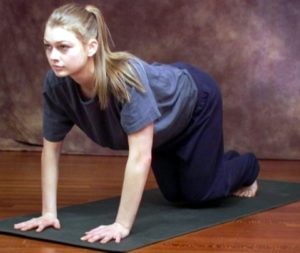 People need to move. This is often easier said than done depending upon an individual’s relationship to their body. Some people thrive on movement and some people, contrary to healthy laws of nature, much prefer to sit still. To each their own but if a person wants to live a long life they have to move.
People need to move. This is often easier said than done depending upon an individual’s relationship to their body. Some people thrive on movement and some people, contrary to healthy laws of nature, much prefer to sit still. To each their own but if a person wants to live a long life they have to move.
Touching my toes is as natural to me as scratching my head. Before I became a yoga teacher and started working privately with clients I had no idea that some people couldn’t accomplish such a fundamental task. When I first started learning my craft I was terrible at teaching beginners because I simply expected them to be able to do things because I said so. It has been quite a humbling journey.
Downward facing dog— a favorite pose that I wrote about last week and will continue writing about this week— is not easy for everyone. The inverted V of downward dog requires a certain amount of length in the muscles of the back of the body and strength in the upper body in order to find the full extension of the pose.
If you want to get your body moving and going into a pose like downward dog is not available why not start by getting down on the hands and knees to start exploring the body. Many of my classes begin on the hands and knees and offer many variations on the theme.
To get started in the simplest way pay attention to two different lines that are created when we are on our hands and knees. The thighs should be parallel to each other and the creases of the wrists should form one continuous line across the mat.
Even little things like this can be difficult. If your hips and it band are tight your knees will not be happy about the concept of parallel. In the arms check out what happens once you line up the creases of the wrists. Everyone’s forearm and arm will follow a different journey to the shoulder. Some upper and lower arms will run in a straight line while others might bend and pull in different ways.
***
